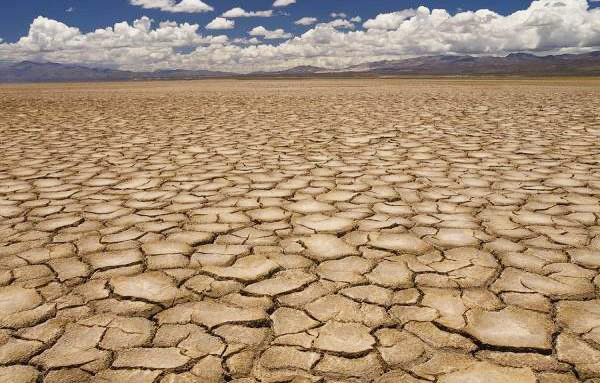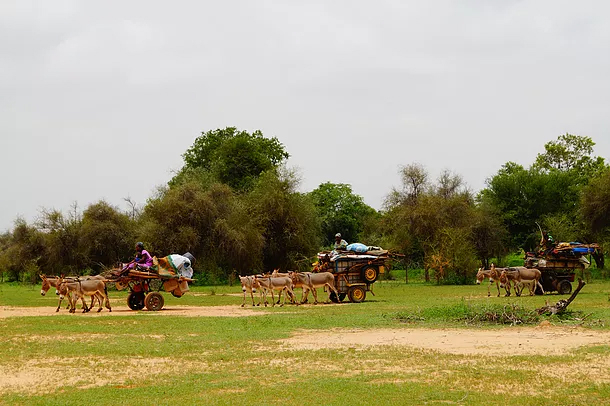Context and objectives
A turning point in ecosystem functioning indicates a key moment in the ecosystem development where its functioning is significantly changed or altered without implying the irreversibility of the process, by opposition to the term ‘tipping point’ that implies irreversibility. UTURN aims to at quantifying and understanding turning points in the functioning of dryland ecosystems. Five research objectives are defined:
- Mapping and characterizing turning points in EF in global drylands;
- Reconstructing the history of land use/cover change (LULCC) for the AVHRR era;
- Parametrizing DVMs to dryland specific conditions through EO data assimilation;
- Disentangling climatic and anthropogenic drivers of EF turning points;
- Assessing proxies for early warning of turning points in EFs.
Due to administrative reasons, the actual implementation of UTURN has been split into two phases. Phase 1 is dedicated to the detection of abrupt changes in EF over global dryland areas, the production of a prototype classification algorithm for dryland ecosystems and to the initial parameterization of DVMs.
Project outcome
Scientific results
[Milestone 1] Global map of turning points in dryland ecosystem functioning - Bernardino et al. (submitted to GEB, Jan 2019).
[Milestone 2] Prototype HR land cover classification for dryland and historical reconstruction of land cover changes over focus area - De Kerckove et al. (ESA Living Planet Symposium, May 2019).
[Milestone 3] First parameterization of ED2 and LPJ-GUESS for dryland specific conditions – Verbruggen et al. (ESA Living Planet Symposium, May 2019).
Societal (including environmental) relevance
Drylands ecosystems are important - covering 40% of the Earth’s surface, accounting for approx. 40% of the global net primary productivity and supporting more than 30% of the population - but largely under pressure. Indications that some ecosystems have switched to a new state of functioning as a result of these climate and anthropogenic disturbances were found. Yet the understanding and quantification of such abrupt changes (so-called turning points) remains challenging, hampering the development of monitoring, modelling and early warning systems for ecosystem management and prevention of economic or ecological losses.
Products and Services
- Global map of turning points in ecosystem functioning.
- Improved BFAST algorithm to detect turning points in ecosystem functioning.
- Gap-filled meteo data.
- Initial parametrisation of the ED2 and LPJ -GUESS model for Sahel.
- Prototype for land cover classification over the Sahel.
Potential Users
- Centre Suivi Ecologique (CSE) in Dakar, Senegal
- European Environmental Agency
- BOS+ (Belgian NGO)
- Protected areas and national parks
- Scientific community
Outreach
U-TURN contributes to the fight against desertification and drought
U-TURN contribue à la lutte contre la désertification et la sécheresse
U-TURN draagt bij aan de strijd tegen woestijnvorming en droogte
| Project leader(s): | KULeuven - Department of Earth and Environmental Sciences (EES) | |||||
| Belgian partner(s) |
|
|||||
| International partner(s) | ||||||
| Location: |
Continent:
Region:
|
|||||
| Related presentations: | ||||||
| Website: | http://uturndryland.wixsite.com/uturn | |||||



